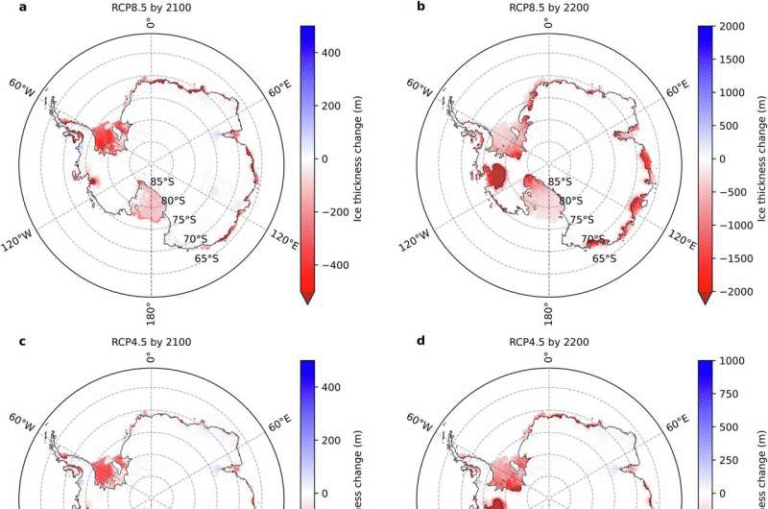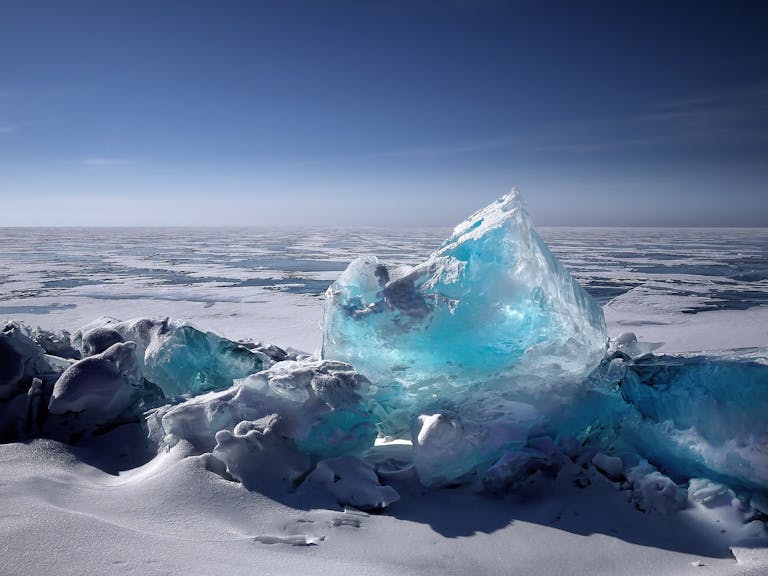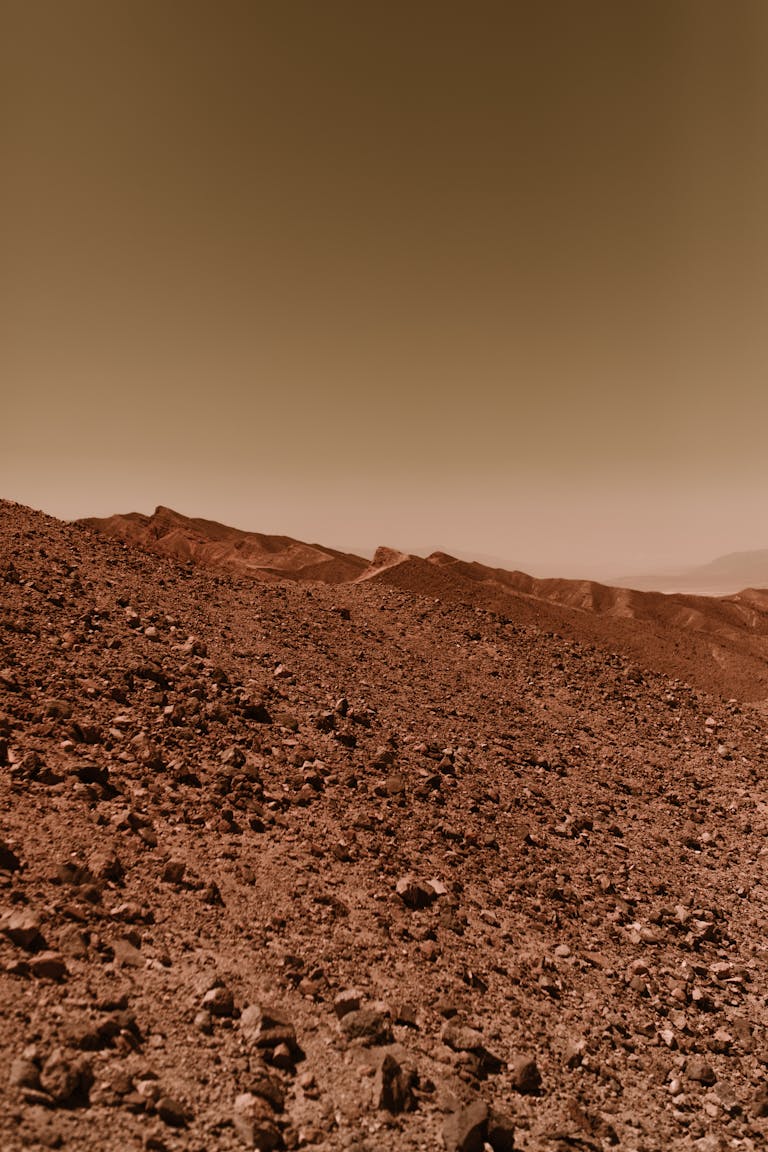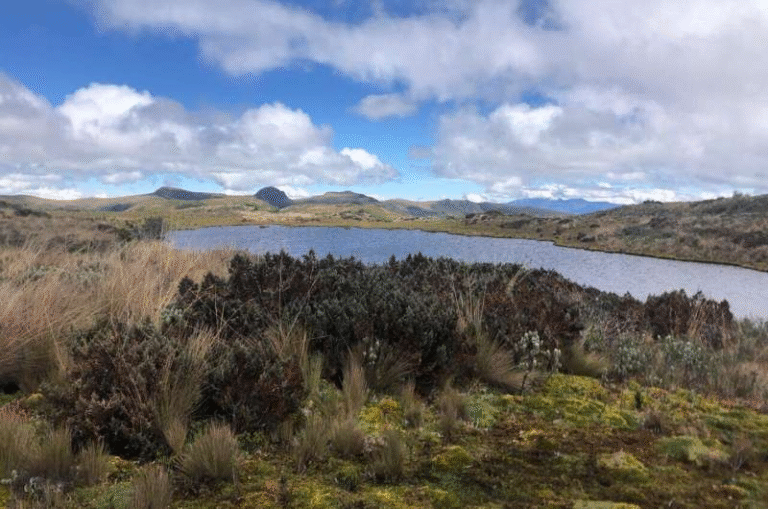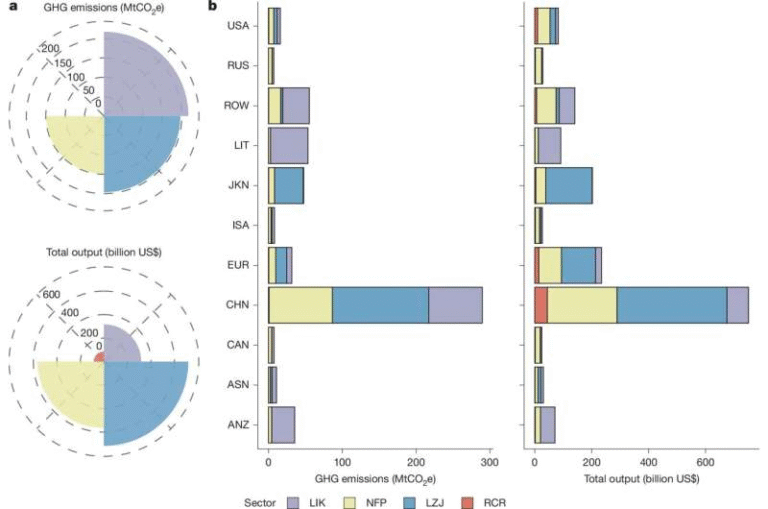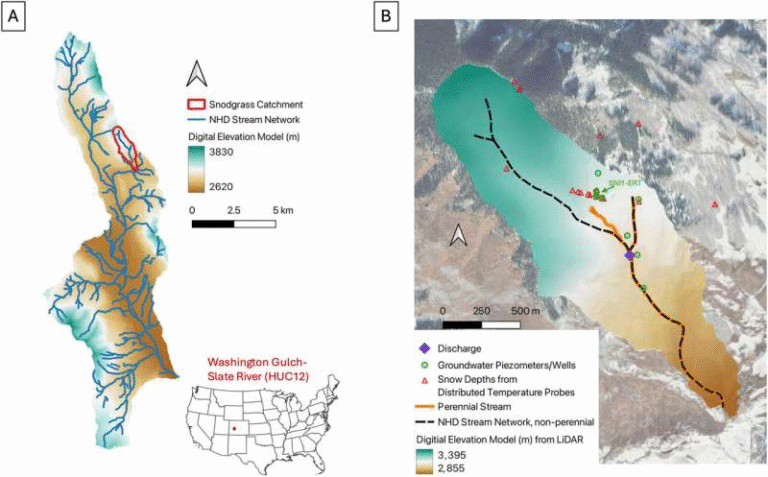Scientists Discover Sediment Hidden Beneath Antarctic Ice While Searching for the Oldest Ice on Earth

For decades, scientists have drilled deep into Antarctica’s icy depths to uncover the planet’s frozen climate history. These ice cores trap tiny bubbles of ancient air, offering clues about how Earth’s atmosphere and temperature have changed over millions of years. But until now, the oldest continuous ice core—meaning an unbroken timeline from top to bottom—only reached back about 800,000 years. Researchers have long suspected that far older ice still lies hidden somewhere under Antarctica’s vast, frozen sheet.
Recently, a team from the University of Texas Institute for Geophysics (UTIG) made an unexpected discovery while hunting for this ancient ice. Instead of finding the “perfect” old ice, they uncovered something entirely new—a layer of sediment sneaking beneath the Antarctic ice sheet, revealing a fascinating story about how ice and rock have interacted for millions of years.
Their findings were published in Geophysical Research Letters and are part of the NSF Center for Oldest Ice Exploration (COLDEX)—a large U.S. National Science Foundation–funded collaboration headquartered at Oregon State University. The project’s goal is simple but profound: to find the world’s oldest continuous ice and unlock an even deeper record of Earth’s climate history.
The Hunt for Earth’s Oldest Ice
To understand the importance of this discovery, it helps to know why scientists are so obsessed with ancient ice. Ice cores are like natural climate archives, recording past levels of carbon dioxide, methane, and other gases. Each layer represents a snapshot of Earth’s atmosphere at a specific time. When scientists drill deep enough, they can reconstruct detailed climate patterns stretching back hundreds of thousands of years.
However, the 800,000-year record—mainly from sites like Dome C in East Antarctica—hits a frustrating cutoff point just before some of Earth’s most interesting climate transitions. To fill in that missing history, researchers need continuous ice that’s over one million years old.
That’s where NSF COLDEX comes in. The project unites geophysicists, glaciologists, and radar specialists from multiple institutions to identify spots where old ice might still be preserved under stable, cold conditions. UTIG’s Duncan Young, who has spent years studying Antarctic ice flow, joined this mission in 2021 to help map the continent’s most remote regions.
Flying Over Antarctica’s Hidden World
Over two field seasons, Young and his UT team flew a modified DC-3 aircraft equipped with ice-penetrating radar over an unexplored stretch of East Antarctica, near the South Pole Basin and extending toward Dome A—one of the highest and coldest points on the continent.
These radar instruments can “see” through ice, bouncing radio waves off buried layers to reveal what’s happening below. The survey covered nearly 650 kilometers (about 400 miles), imaging ice more than 3.8 kilometers thick.
The scientists expected to find simple stratified layers of ice stacked neatly over time. Instead, they noticed something strange deep at the bottom: a thick basal unit—the deepest layer of ice—that appeared to contain sediment rather than pure frozen water.
This discovery caught everyone’s attention. It suggested that the ice had moved in unusual ways, scraping sediment from subglacial mountain ranges and slowly depositing it into a basin beneath the ice sheet.
Sediment Sneaking Beneath the Ice
Under normal circumstances, sedimentary basins on Earth form through rivers, glaciers, or other erosional processes. But here, deep under Antarctica, the scientists may have stumbled upon a new kind of subglacial sedimentary basin forming quietly over 14 to 30 million years.
As the ice slowly flowed down from elevated regions, it likely picked up small traces of sediment from the mountain slopes. Over immense time scales, these sediments accumulated in the South Pole Basin, creating a sediment-rich base that’s invisible from the surface.
What’s more, the team’s radar data revealed localized zones of basal melting, caused by increased geothermal heat from the bedrock below. This heat weakens the ice at its base, allowing it to move more easily—and even form subglacial lakes beneath the sheet.
The discovery of these sedimentary and melt zones doesn’t just rewrite Antarctica’s geological story—it also changes how scientists plan to find the oldest ice. Areas where the ice base is melting are not ideal drilling sites, because melting disrupts the chronological layering of ice. In short, the “oldest” ice might have literally melted away in those zones.
However, Young’s team found that regions upstream of the South Pole Basin—where the ice is thicker and colder—could still preserve truly ancient ice. These are the places COLDEX is now targeting for future exploration.
The Broader Impact on Ice Core Science
This discovery adds a new layer of complexity to how scientists understand Antarctica’s subglacial environment. It shows that the base of the ice sheet isn’t a static, frozen bed but an active and evolving landscape shaped by geothermal heat, sediment movement, and ancient geological processes.
For ice core researchers, this means that bedrock geology and heat flow play crucial roles in preserving old ice. If heat from the Earth’s crust melts the bottom of the ice, or if sediment acts as a lubricant that speeds up ice flow, the ice record can be distorted, mixed, or erased.
As Duncan Young explains, knowing where the ice base is warm or cold is critical to finding pristine, undisturbed ice. The goal now is to combine radar surveys, heat flow models, and geological data to locate zones where the bed remains frozen solid—the best places to drill for ancient climate records.
What’s Next: The Search Moves to New Regions
Although the South Pole Basin may not be the perfect site for drilling, the COLDEX team isn’t giving up. Their next target is the Allan Hills region in East Antarctica, an area already famous for containing discontinuous ice more than 5 million years old. While those samples aren’t continuous, they prove that ice can survive for millions of years under the right conditions.
The new plan involves connecting data from Allan Hills to sites like Little Dome C, where European teams are currently drilling in hopes of breaking the 800,000-year record. If successful, these combined efforts could finally produce a continuous ice core over one million years old—a major milestone in climate science.
A Quick Look at the Science Behind It
To better understand how this works, let’s break down some of the key concepts that play into these discoveries.
1. What Are Ice Cores?
An ice core is a cylinder of ice drilled from a glacier or ice sheet. Each layer represents snowfall that compacted over time, trapping small air bubbles. Scientists analyze the composition of these bubbles, dust, and isotopes to reconstruct ancient climate conditions—like temperature, CO₂ levels, and even volcanic activity.
Continuous ice cores are especially valuable because they record an unbroken timeline. But if the ice has been deformed, melted, or mixed by flow, the timeline becomes unreliable.
2. Why East Antarctica?
East Antarctica is home to the thickest and coldest ice on Earth. Some parts of it have remained stable for tens of millions of years, making it the best place to look for extremely old ice. Sites like Dome A, Dome C, and Allan Hills are all in this region.
The challenge, however, is its remoteness and extreme cold. Temperatures at Dome A can plunge below –80°C, and field teams must operate hundreds of kilometers from the nearest research station.
3. The Role of Geothermal Heat
Antarctica might seem completely frozen, but heat from the Earth’s interior—known as geothermal heat flow—still rises from below. In some places, this heat is stronger due to thin crust or volcanic activity. When it reaches the ice base, it can melt the ice from beneath, forming hidden lakes and altering ice flow.
Mapping this heat flow is crucial. Too much melting means the oldest ice layers are lost; too little, and the ice becomes so rigid it’s difficult to drill through.
What This Means for Climate Research
The discovery of sediment beneath the Antarctic ice sheet is a reminder that the story of Earth’s ice is dynamic, not static. These findings refine how scientists model the movement of ice, the interaction of rock and heat beneath it, and the stability of ancient ice layers.
Understanding this hidden world is essential not only for finding the oldest ice but also for predicting how the ice sheet might behave in a warming climate. Basal melting and sediment layers could influence how quickly glaciers slide and how the Antarctic ice sheet contributes to sea level rise in the future.
In short, the more we learn about the deep structure beneath Antarctica, the better we can understand both its past climate secrets and its future vulnerabilities.
